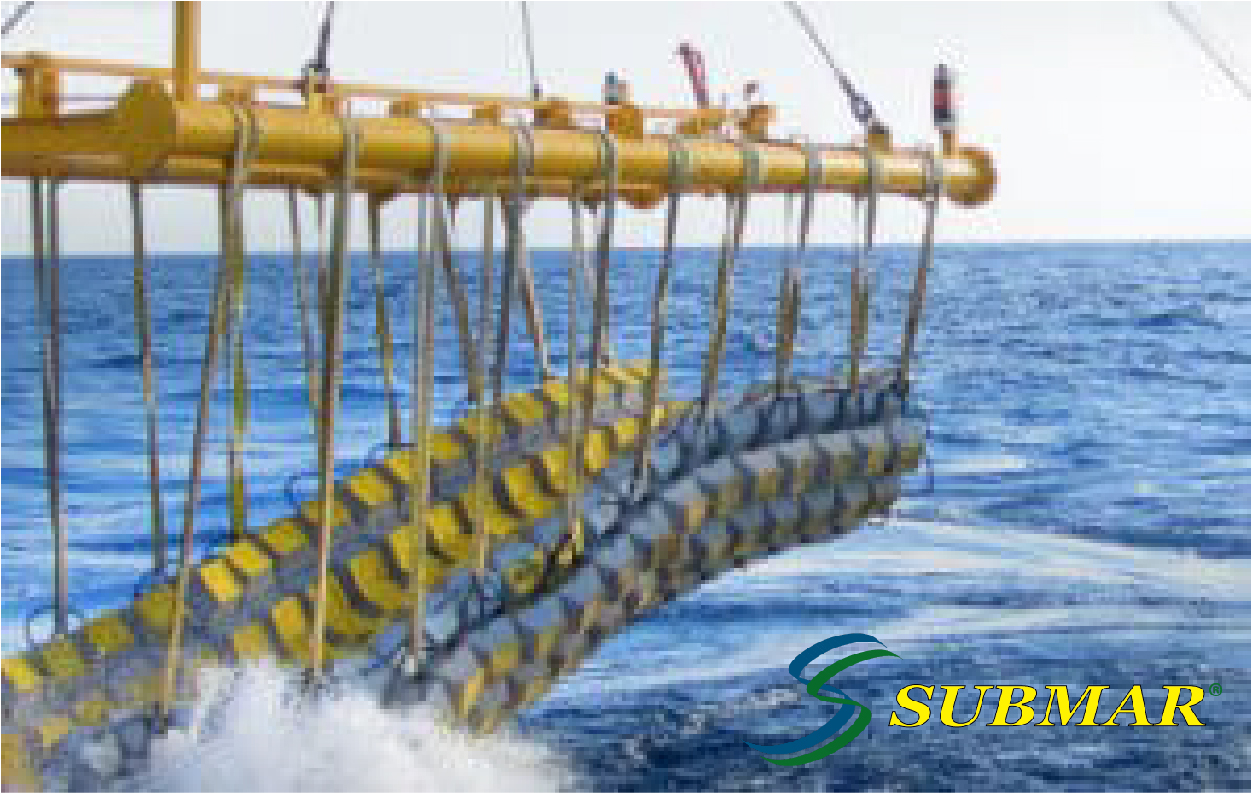The Gulf of Mexico shoreline is constantly shifting. The northern Gulf, where both pipelines and vessel traffic are most concentrated, experiences rapid shoreline erosion from natural tide patterns and frequent storms. It easy to see how subsea pipelines can be impacted over time. Storms can cause wave- and current-induced movements of nearshore sediments, which can affect the depth of burial and integrity of pipelines laid in waters less than 60 feet deep.
But believe it or not, natural elements aren’t the largest issues facing subsea pipelines: vessels and Gulf traffic have a larger impact on the life of the pipelines.
Marine pipelines’ most serious risks come from run-ins with anchors and fishing nets, followed by storm-induced failure of the supporting sediments. In deeper waters, anchor and net damage has been responsible for more than 90 percent of the pipeline oil pollution recorded on the OCS between 1967 and 1990.
Currently, there is no available sensor technology that allows moving vessels to detect pipelines at a distance. Satellite-based location technology is improving rapidly, but older pipelines are not properly charted. Also, some pipelines that were buried decades back may become exposed due to sediment movement. In short, it’s tricky for vessels to avoid subsea pipelines.
Consider the traffic that the Gulf faces every year. Serving the oil and gas fields in the Gulf are several hundred oil field supply vessels from 60 to 200 feet long. These vessels work closely around rigs and other structures and must anchor in areas with high concentrations of pipelines. Fishing vessels also work in the same waters. About 20,000 shrimping vessels, 20 to 200 feet long, operate bottom trawls that can make direct contact with up to a square mile of seabed in a single day. Large shrimping vessels can trawl in water up to 500 feet deep. Fishing vessels frequently snag their nets, trawls, and other gear on unseen obstructions on the bottom.
Submar’s articulated concrete revetment mats can help to combat these offshore issues. They prevent pipelines from shifting when resting on the Gulf floor and protect pipelines buried within the waters. Submar has delivered hundreds of thousands of articulated concrete mats worldwide to pipeline companies. Learn more about our work and read about our case studies.


